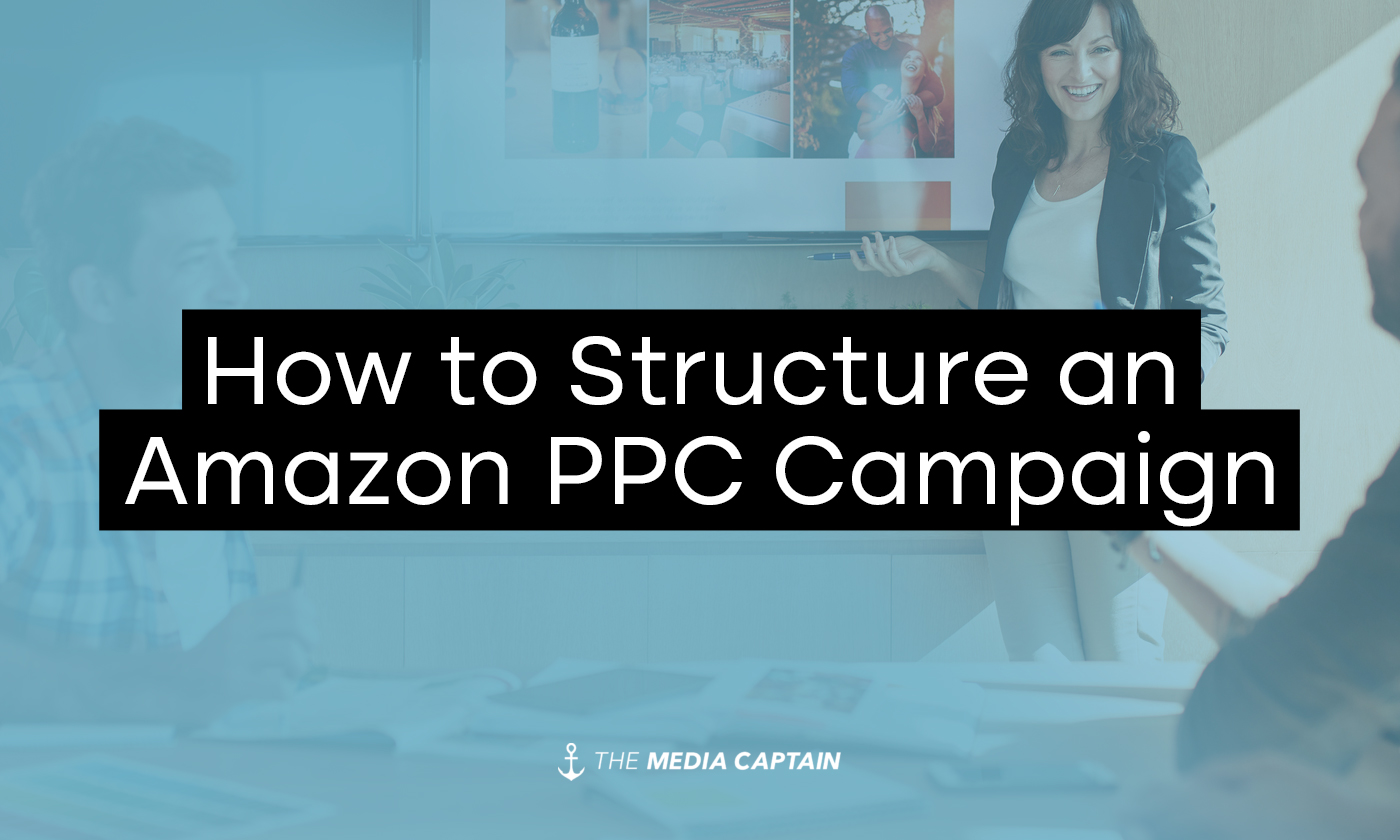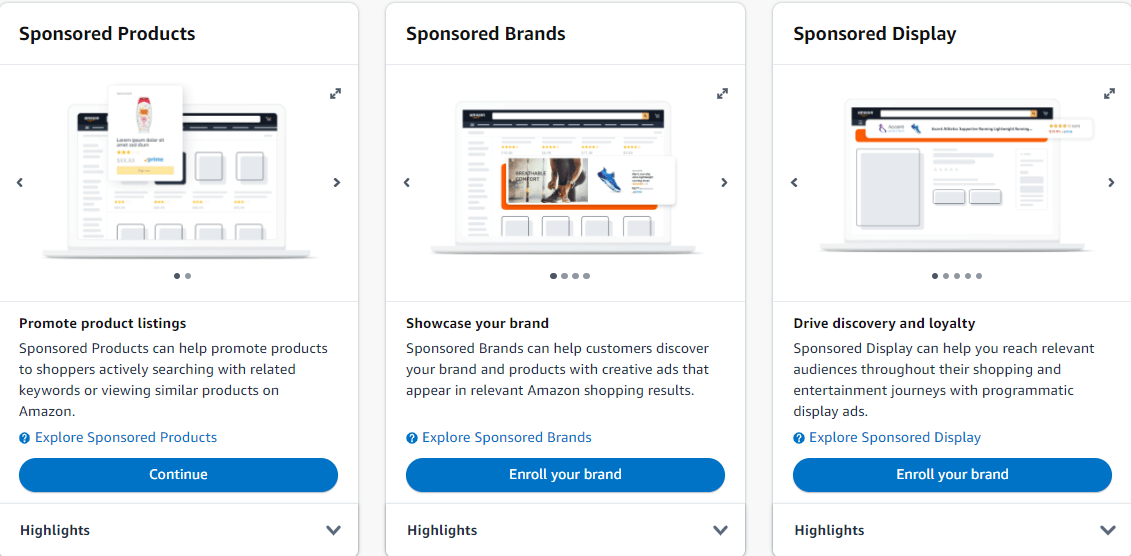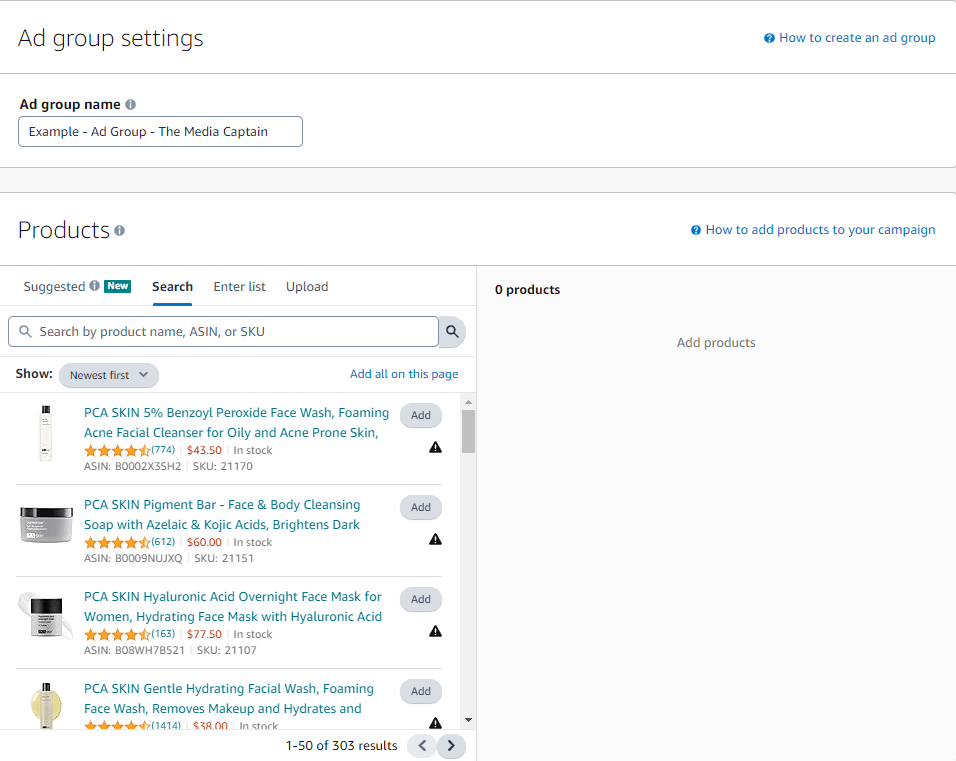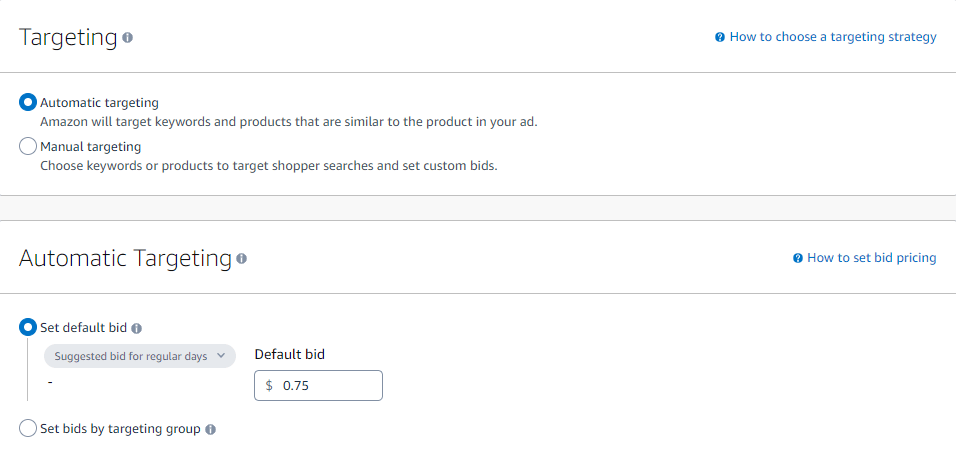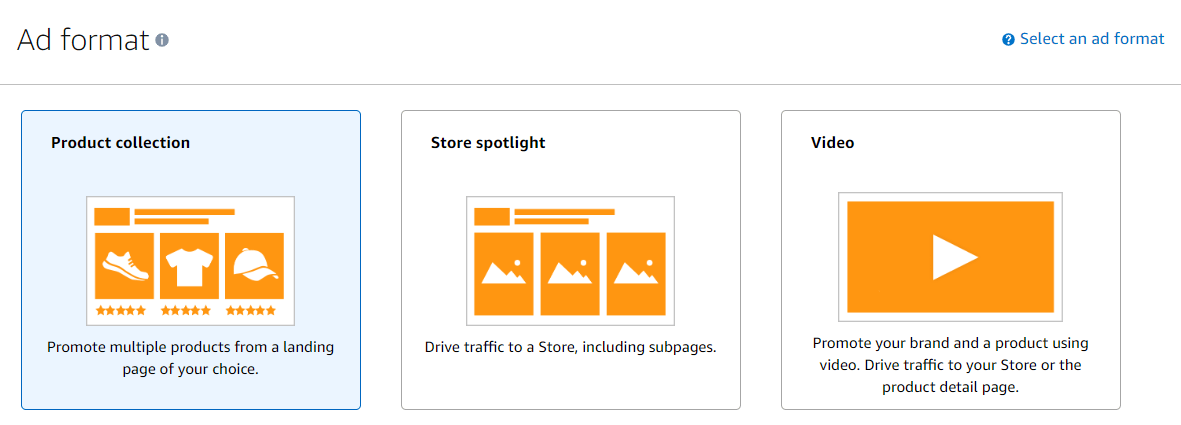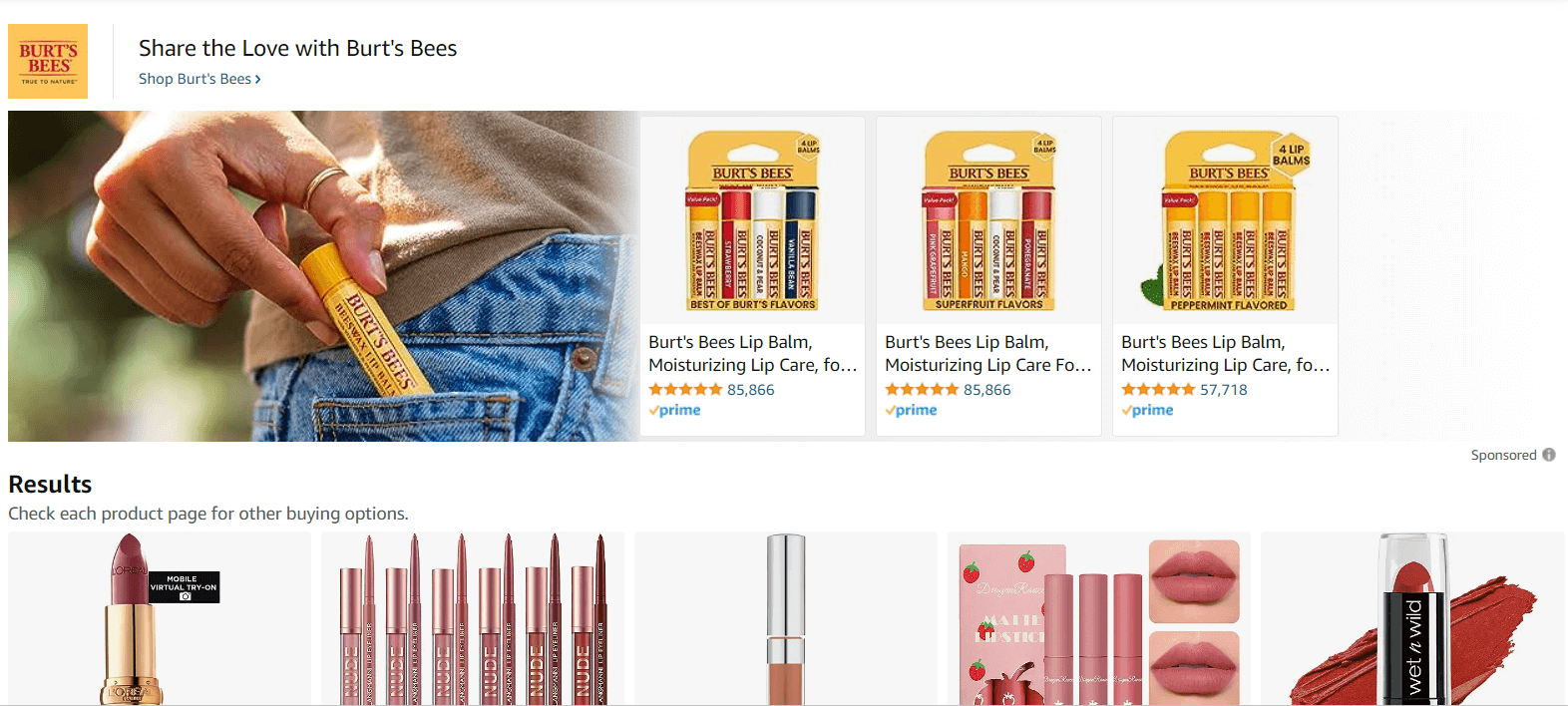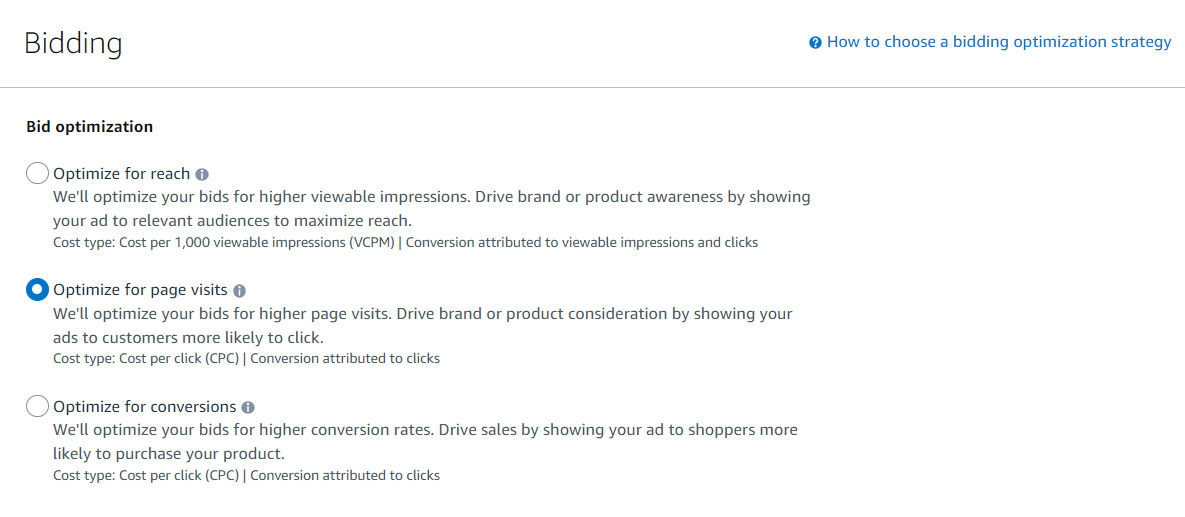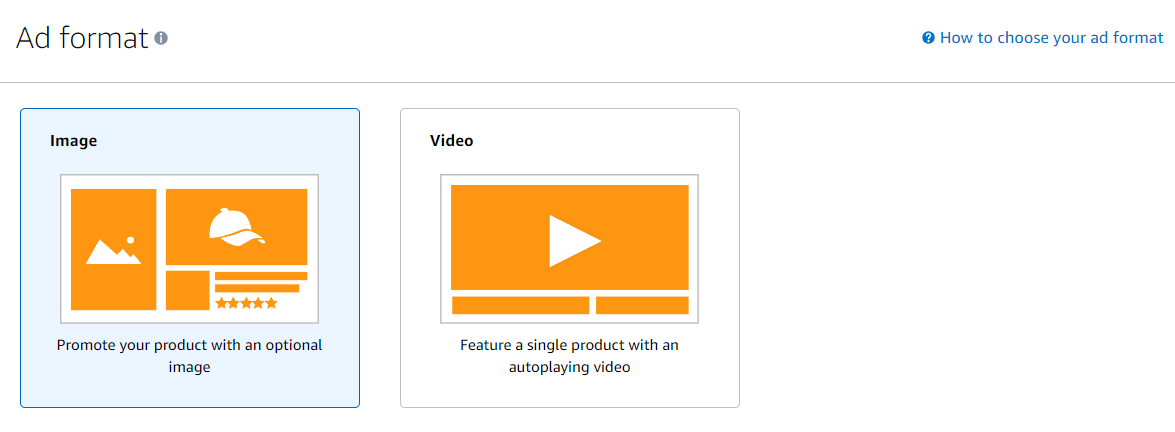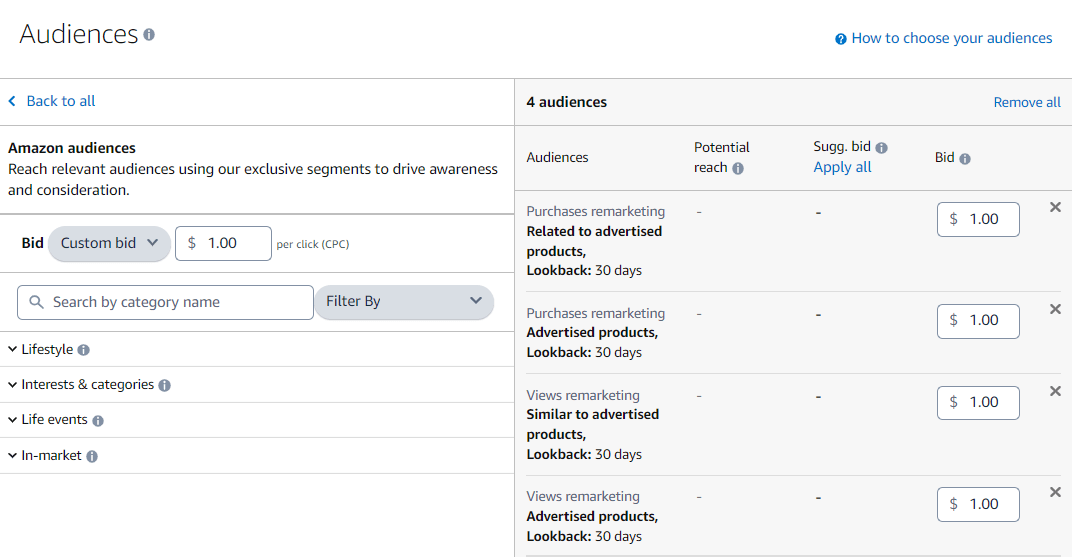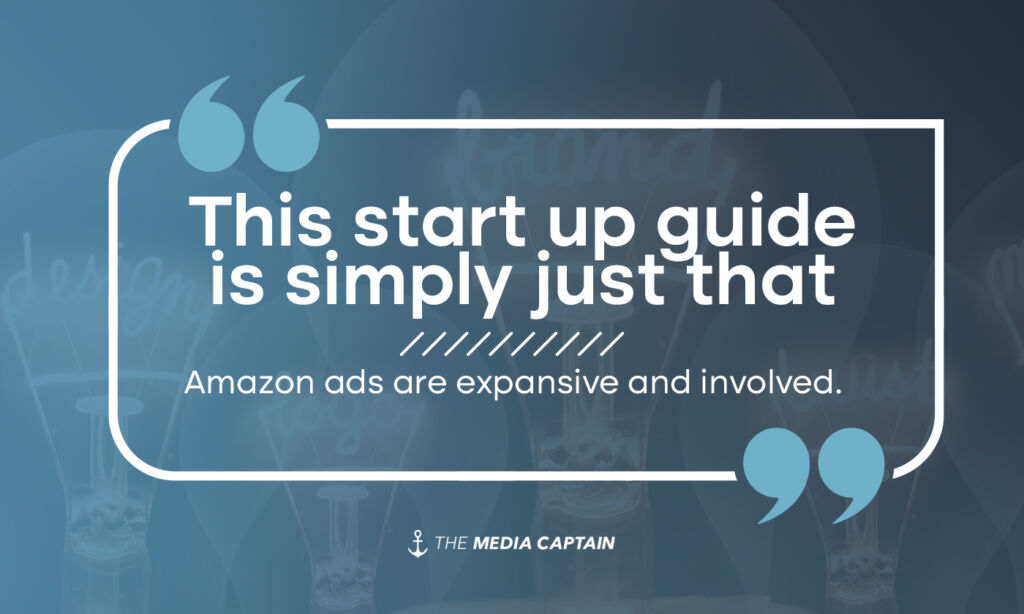Effective Amazon Advertising Campaigns
Overview
Amazon’s rise in the eCommerce space has boomed in the last decade. Quarterly earnings in Q4 2022 indicated a 19% year-over-year growth. Meanwhile, Google and Meta in the same time period experienced stagnant results.
With Amazon advertising having a low barrier to entry, more and more people are entering the eCommerce space by creating their own Amazon storefronts. With that comes a subsequent need for online store owners to launch Amazon advertising campaigns.
Online advertising isn’t easy. There isn’t a one-size fits all strategy that is guaranteed to work everytime. However, there are Amazon advertising fundamentals that we encourage everyone to follow to produce better results from the get-go. Keep reading to learn how to structure an Amazon PPC campaign.
The Three Types of Amazon Campaigns
First, it’s important to know and understand the three campaign types: sponsored products, sponsored brands, and sponsored display. Each campaign type serves a unique purpose. When blended together with essential amazon advertising fundamentals results are bound to trickle in.
Amazon Sponsored Product Campaigns
Sponsored product campaigns utilize product listings from the users’ Amazon seller account to generate ads. In the setup, all inventoried items will be available for selection.
Once you’ve selected the item(s) you’d like to advertise, select a targeting strategy. There are two, automatic and manual. Their functionality is as they sound.
Automatic targeting determines the target keywords for the campaign. This is done by utilizing the product listing and leveraging it to locate the search terms Amazon’s algorithm believes will result in a conversion (sale). Automatic targeting groups are split into four categories: close match, loose match, complements, and substitutes. Close and loose match target based on keyword similarity and likeness. Complements and substitutes use product focused targeting. The seller’s sponsored product ad is placed in front of a user when Amazon deems the seller’s product alike or an alternative to the user’s query.
Manual targeting is split into two targeting types: keyword and product. Keyword targeting uses a preselected keyword list organized by the seller. There are three match types for keyword targeting: broad, phrase, and exact. Determining what match type to use is left to the discretion of the seller and the campaign objectives. Product targeting uses categories or individual products or brands.
Once the targeting is sorted a bid has to be decided. Ad placements are dictated by how much an advertiser is willing to spend on a single click for the given targeting group.
Amazon Sponsored Brands Campaigns
Sponsored brands build awareness for seller products through creatives. Videos, imagery, and ad copy are all worked together to deliver the sellers products to new consumers searching for similar products to the sellers. In order to use sponsored brands campaign type the seller must join the Amazon brand registry.
To start the campaign, one of the three ad formats must be selected: product collection, store spotlight, and video.
The product collection ad type appears on top of shopping search results. All products or select items are featured in this display with an image, headline, logo, and the featured listings.
The store spotlight showcases the store and various product categories within it. Rather than select products being shown the entire store is premiered.
Lastly, video ad format uses a video asset to show a brand or product. Often this is used when trying to build awareness for a specific product versus many.
Once a format has been picked a destination must be selected. Traffic can be directed to the sellers Amazon storefront or the product listing. The landing page will vary on the campaign objectives.
After the ad format and landing pages are selected the targeting has to be set. In this case, it’s similar to the sponsored products campaign. Keyword targets are selected manually by broad, phrase, and exact match at bid amount. Moreover, bids can be automated or set to a custom bid adjustment dictated by a percentage increase or decrease. The alternative targeting setting is product targeting. As it was in the sponsored products campaign, a product category or individual listing can be utilized for the targeting.
Amazon Sponsored Display Campaigns
Sponsored display campaigns use automated creatives that show on and off Amazon (third-party publishers). For sellers to be eligible for this, they must enroll in the Amazon Brand Registry.
Display campaigns are ideal when the campaign objective is to engage or remarket to target audiences with hard hitting visual creatives.
A bid strategy must be selected first. There is optimize for reach, optimize for page visits, and optimize for conversions, each with a distinct purpose. Reach aims to maximize views to relevant audiences. Page visits show ads to searchers most likely to click on the ad. Conversion optimization targets users with the highest intent to purchase.
Next, select an ad format: image or video. Construct an eye catching visual that you believe will resonate with your ideal customer.
The bid strategy and creative asset is now decided. Now, select the product most relevant to the creative and pairs well to the campaign objective.
The following step requires the seller to decide between contextual targeting and audience targeting. This targeting setup is unique to the display campaigns. According to Amazon, contextual targeting “ helps promote your product among audiences who are actively browsing your product or similar products and categories with ads that appear on relevant product detail pages”. The alternate targeting strategy is audience targeting. The seller is preselected to bid on three audience types: Amazon audiences, views remarketing, and purchase remarketing. All three audiences run simultaneously but it can be managed by setting a specified bid.
How Do You Structure an Amazon Advertising Campaign?
Start with an Automatic Campaign
When starting an Amazon advertising campaign we don’t know where to start. Sometimes as the seller we have a general idea of what people could be searching to find our product. However, our assumptions can be wrong. By using an automatic sponsored product campaign we can leverage Amazon’s algorithm to take out the guesswork.
- Select a sponsored products campaign.
- Determine what products you’d like to advertise.
- Select automatic targeting.
- Set the default bid. It’s safe to adhere to Amazon’s suggested default bid. This is usually the projected average between the lowest and highest bid your targeting group.
- Set a campaign bidding strategy. When starting use Dynamic bids – down only. This can be changed in the future. This is to ensure the campaign budget is being properly used and spread throughout the day. We want to put as many eyeballs on the products as possible. Getting overzealous with high bid amounts “wanting to appear at the top” every time can lead to a limited budget campaign status, hindering product visibility. Once the campaign is producing positive results the bid strategy can always be adjusted.
- Name the campaign and set a daily budget.
- Click “launch campaign”.
- Let the campaign run for a minimum of 14 days.
Audit Automatic Campaign Search Terms
- The campaign has run for at least 14 days. Now it’s time to evaluate its performance. This falls in line with Amazon’s learning period duration.
- Sort all the search terms by the highest to lowest cost for the automatic campaign.
- Identify and save the keywords that are generating sales. The keywords generating sales should have a healthy return on ad spend (ROAS). We recommend the ROAS be 2:1 or higher determining the keywords quality. This recommendation is flexible. Factors such as risky tolerance, budget, and campaign objectives must also be considered by the advertiser when making their judgment call.
- Identify low performing search terms. These keywords are often generating clicks but have zero sales. Or, they’re completely unrelated to the seller’s products. For example, if the seller sells fishing equipment but their ads are showing on queries for “makeup brush” then add that to the negative keyword list.
- Add irrelevant keywords to the negative keyword list.
- Add irrelevant keywords product targets to the negative products list.
Launch A Manual Campaign with the Top Performing Keywords
- Take the top performing search terms from the automatic campaign and enter them into a manual campaign. These keywords should have been identified when auditing the automatic campaign’s performance after 14 days.
- Set these keywords manual targets to phrase match.
- Set the bid to Amazon’s suggested level.
- Set a budget.
- Launch campaign.
Once results begin to generate, scale the ad budget. This process can then be repeated as the campaign is being managed through its lifetime. Evaluate the automatic campaign’s keywords, save the winners, add negative keywords, then transfer top performers to the manual campaign.
This start up guide is simply just that – a starter. Amazon ads are expansive and involved. There’s much more than what we’ve recommended. Successful campaigns require constant management, creativity, cohesion with business objectives, and patience. Online advertising can feel daunting, but it doesn’t have to be. That’s why The Media Captain is Columbus, Ohio’s top-tier digital marketing agency (check us out on Clutch). We’re here to help businesses of all sizes navigate the choppy digital waters. It’s what we do! Check out our numerous eCommerce client success stories as a testament to our work.


